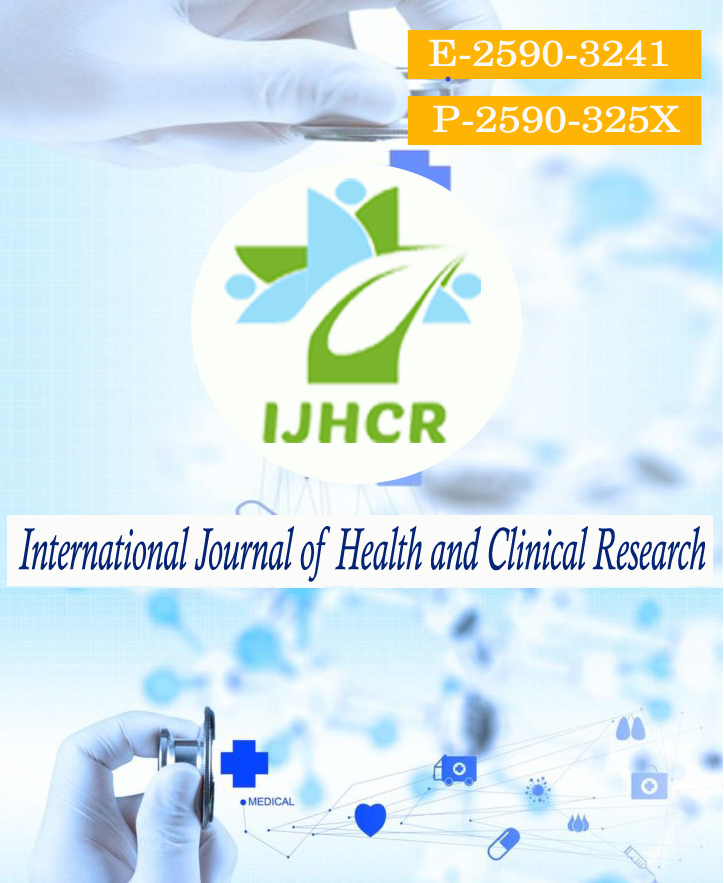A study on dyselectrolytemia in patients with first episode of seizures
Keywords:
First episode of seizures, etiological spectrum, incidence.Abstract
Background: Seizure etiology is a wide range, depending on the age, of which electrolyte abnormalities play an important role in causation. Aim: To estimate the electrolyte imbalances in patients aged more than 18 years presenting with first episode of seizures. Materials and methods: This is a cross-sectional descriptive study. The study was conducted between October 2020 - October 2021 at Alluri SitaramaRaju Academy of Medical Sciences, Eluru, after getting approved by the institutional ethical committee. Inclusion criteria: All the patients with first episode of focal or generalised seizures, with age of onset of seizures >18 years, admitted in department of General Medicine and Neurology, ASRAM medical college and hospital, Eluru from October 2020 - October 2021. An individual informed consent was taken from all the patients selected for the study. Exclusion criteria: Patients with past history of seizures. Discussion: Total number of cases studied=45. Metabolic abnormalities were most common cause of seizures in this study, seen in 21 patients (46.67%) out of which hyperglycaemia was the most common cause seen in 9 patients, followed by uremia in 5 patients, electrolyte abnormalities as in 5 patients and hypoglycaemia in 2. Out of 45 patients, 13(28.89%) had electrolyte disturbances, of which the most common abnormality observed was hyponatremia, seen in 10 patients (76.99%). Others were hypercalcemia in 1patient (7.67%), hypomagnesemia in 1patient (7.67%),hypokalemia in 1 patient. Conclusion: Among various causes of seizures, electrolyte abnormalities were most commonly seen in patients with metabolic causes.
Downloads
Published
How to Cite
Issue
Section
License
Copyright (c) 2023 Satyavamsi Gadde, V. Rama Mohana Rao, S. Krishna Mohana Rao, K.V. Chalapathi Rao

This work is licensed under a Creative Commons Attribution 4.0 International License.






 All articles published in International Journal of Health and Clinical Research are licensed under a
All articles published in International Journal of Health and Clinical Research are licensed under a 